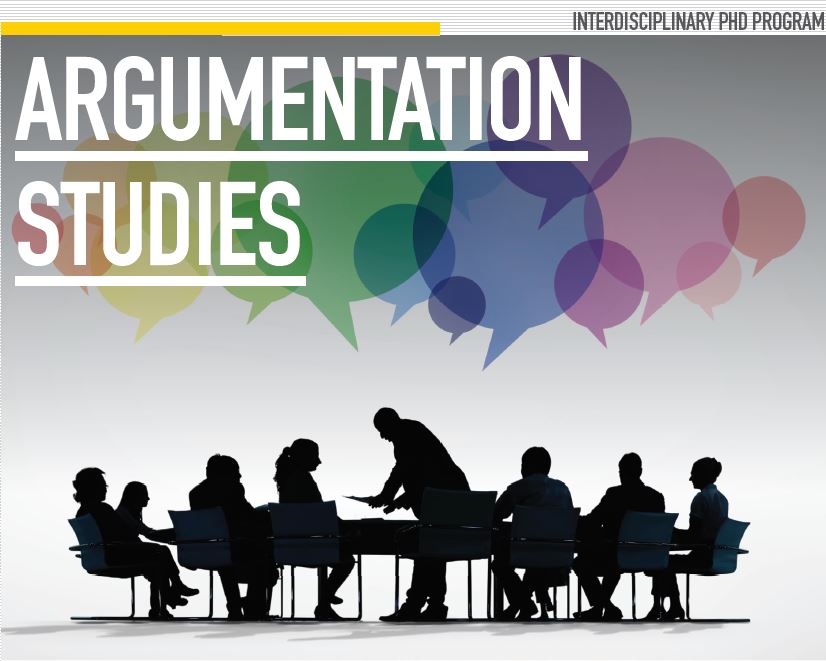
Location
University of Windsor
Document Type
Paper
Start Date
6-6-2007 9:00 AM
End Date
9-6-2007 5:00 PM
Abstract
In their analyses of controversy, many researchers begin with the assumption that it is a juvenile or failed dialectical exchange. In conceptualizing controversy this way, they get caught in an is-ought dilemma, often shaping controversy into a two-sided affair involving an open issue with arguments marshalled but then simultaneously pointing out its shortcomings against these same criteria. As Dascal has pointed out, thinking of controversy as a juvenile dialectical exchange seems to be a therapeutic gesture that may present it as a better-behaved object of study than experience would support. In this paper, I approach controversy first and foremost as a textual object, rather than as a dialectical or argumentative one. While I am ultimately interested in the reasoning of participants, I begin by asking how media texts represent controversies. I start here because media texts are the dominant channel by which we learn about public controversies. Their presentation will have a powerful effect on the ways that the events, arguments, participants, and so on are memorialized. In addition, media texts are part of the variegated institutional, historical, social, and textual environment in which controversies emerge. In this paper, I analyze the reasoning of participants in the Brooklyn Museum controversy as it is presented by in a corpus of media texts reporting on the event. I ask the following question: How much and what kinds of reasoning by controversy participants do media texts present in this case? In discussing my results I reflect on the role of media texts as source material for argument and debate reconstruction.
Creative Commons License

This work is licensed under a Creative Commons Attribution 4.0 International License.
Response to Submission
Raymie E. Mckerrow, Commentary on Cramer
Reader's Reactions
Raymie E. Mckerrow, Commentary on Cramer (June 2007)
Participants’ Reasoning in Controversy Coverage
University of Windsor
In their analyses of controversy, many researchers begin with the assumption that it is a juvenile or failed dialectical exchange. In conceptualizing controversy this way, they get caught in an is-ought dilemma, often shaping controversy into a two-sided affair involving an open issue with arguments marshalled but then simultaneously pointing out its shortcomings against these same criteria. As Dascal has pointed out, thinking of controversy as a juvenile dialectical exchange seems to be a therapeutic gesture that may present it as a better-behaved object of study than experience would support. In this paper, I approach controversy first and foremost as a textual object, rather than as a dialectical or argumentative one. While I am ultimately interested in the reasoning of participants, I begin by asking how media texts represent controversies. I start here because media texts are the dominant channel by which we learn about public controversies. Their presentation will have a powerful effect on the ways that the events, arguments, participants, and so on are memorialized. In addition, media texts are part of the variegated institutional, historical, social, and textual environment in which controversies emerge. In this paper, I analyze the reasoning of participants in the Brooklyn Museum controversy as it is presented by in a corpus of media texts reporting on the event. I ask the following question: How much and what kinds of reasoning by controversy participants do media texts present in this case? In discussing my results I reflect on the role of media texts as source material for argument and debate reconstruction.

